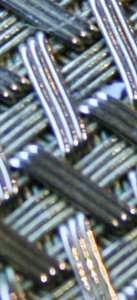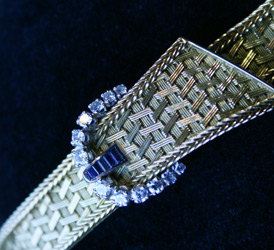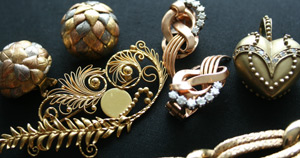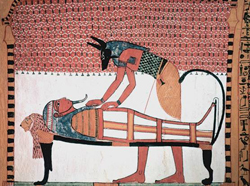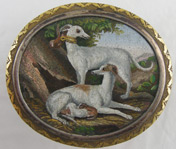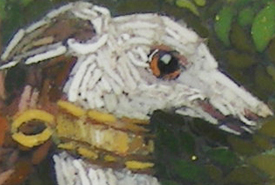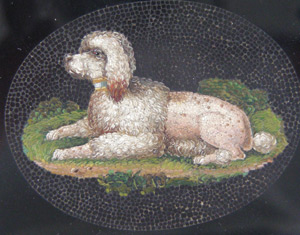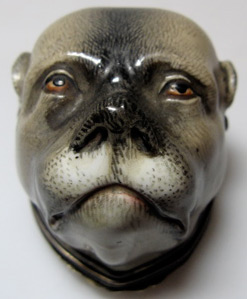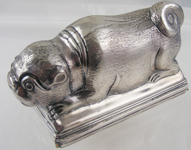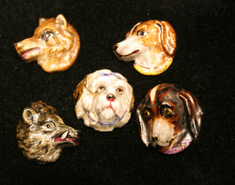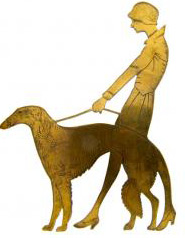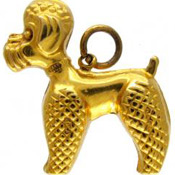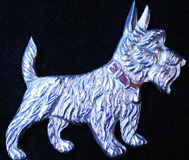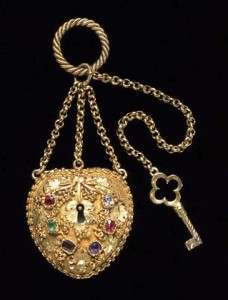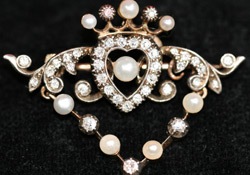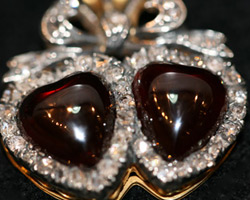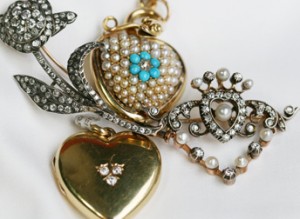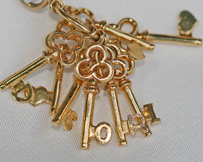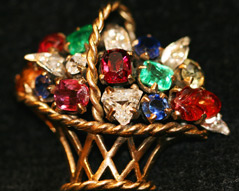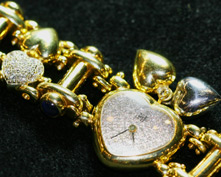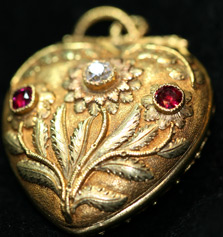On cold winter days, one of the most joyful sights is a collection of amber. Those yellows, browns and reds just exude warmth. More than 2000 years ago Homer, in his Odyssey, mentioned that amber beads ‘glowed as if with sunshine’. They still do. So vivid was the colour that amber, according to the historian Pliny the Elder (AD 23-79), was thought to be the solidified urine of the lynx – in fact one of its old names being lyncurius. Even the different colours were explained as the fiery red from a male lynx and the less pronounced colours from the female.
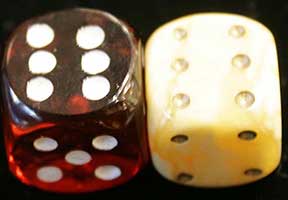 There were many theories as to the origin of Amber. Some believed that certain trees oozed gum when the Dog star (Sirius) rose in the sky. For others, Amber was the setting sun’s rays, solidified in the seas and cast ashore on the morning tides. Another myth was that it was the tears of the gods. Amongst the myths there is one grain of reality. Amber did once come from trees. It is, in fact , fossilized tree resin which has taken between 35 to 50 million years to form and it is found in over 200 colours (even blue). Not too surprisingly the tears of the gods and the sun’s rays sadly don’t play a part but Amber is still found along the shores of the Baltic countries, just as it was in Greek and Roman times.
There were many theories as to the origin of Amber. Some believed that certain trees oozed gum when the Dog star (Sirius) rose in the sky. For others, Amber was the setting sun’s rays, solidified in the seas and cast ashore on the morning tides. Another myth was that it was the tears of the gods. Amongst the myths there is one grain of reality. Amber did once come from trees. It is, in fact , fossilized tree resin which has taken between 35 to 50 million years to form and it is found in over 200 colours (even blue). Not too surprisingly the tears of the gods and the sun’s rays sadly don’t play a part but Amber is still found along the shores of the Baltic countries, just as it was in Greek and Roman times.
 Amber has been valued for centuries. Its abundance, colours, translucency and ease of working (it is only a bit harder than a finger nail) meant it has been a wonderful material to fashion into jewellery or artefacts, like the chess piece and jewellery below – it has even been made into wall coverings as in the Amber room in St Petersburg. It was also, at one time , according to Pliny the Elder, so valuable that small Amber effigies were known to fetch a higher price than living men, ‘even strong, stout, vigorous men’.
Amber has been valued for centuries. Its abundance, colours, translucency and ease of working (it is only a bit harder than a finger nail) meant it has been a wonderful material to fashion into jewellery or artefacts, like the chess piece and jewellery below – it has even been made into wall coverings as in the Amber room in St Petersburg. It was also, at one time , according to Pliny the Elder, so valuable that small Amber effigies were known to fetch a higher price than living men, ‘even strong, stout, vigorous men’.
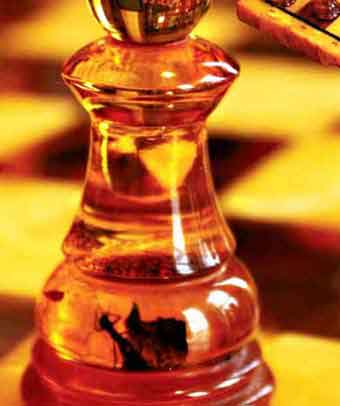 But for me the most fascinating of all are the pieces showing insects trapped for ever in the sticky resin. Highly desirable but beautifully gruesome, like the ant caught in the chess piece, a pawn ironically. (It looks so alive. Perhaps with another twist of its body it could have free itself).
But for me the most fascinating of all are the pieces showing insects trapped for ever in the sticky resin. Highly desirable but beautifully gruesome, like the ant caught in the chess piece, a pawn ironically. (It looks so alive. Perhaps with another twist of its body it could have free itself).
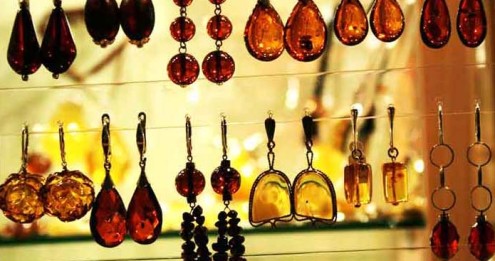 Amber, like many stones in the past, was considered to possess healing properties. Hippocrates(c 460-370BC), the father of western medicine, thought that Amber could ease delirium tremens. Through the ages Amber has been proclaimed as a cure for snake bites, rheumatism, easing childbirth pains and toothaches. Martin Luther was said to keep a piece of Amber in his pocket hoping to prevent kidney and bladder stones,sadly it didn’t work,and he was said to suffer terribly. Many of these beliefs have been relegated to folk remedy status but one area in which there is renewed interest is in the efficacy of amber teething necklaces to ease teething pains.
Amber, like many stones in the past, was considered to possess healing properties. Hippocrates(c 460-370BC), the father of western medicine, thought that Amber could ease delirium tremens. Through the ages Amber has been proclaimed as a cure for snake bites, rheumatism, easing childbirth pains and toothaches. Martin Luther was said to keep a piece of Amber in his pocket hoping to prevent kidney and bladder stones,sadly it didn’t work,and he was said to suffer terribly. Many of these beliefs have been relegated to folk remedy status but one area in which there is renewed interest is in the efficacy of amber teething necklaces to ease teething pains.
I’m not sure of any medical beliefs about Amber. I look at it as a beautiful material. However, when I hold a string of Amber beads it has such a tactile,warm,smooth feel that I can fully understand why it is the preferred material for prayer beads in many faiths.
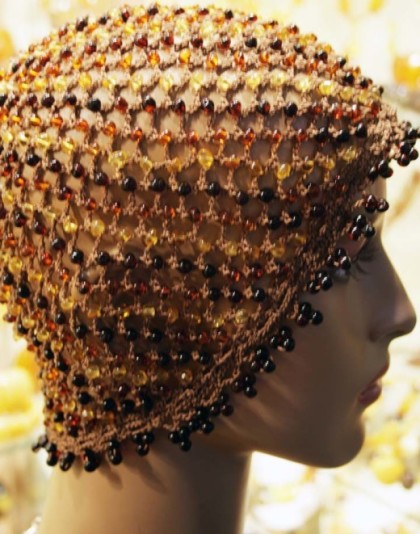
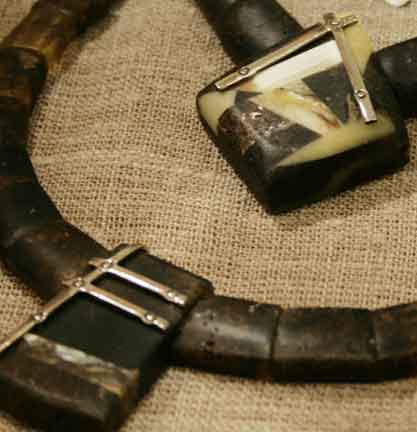
My thanks to Amber Fortuna at Grays Market (Details on Source Page) for allowing me to photograph these pieces.

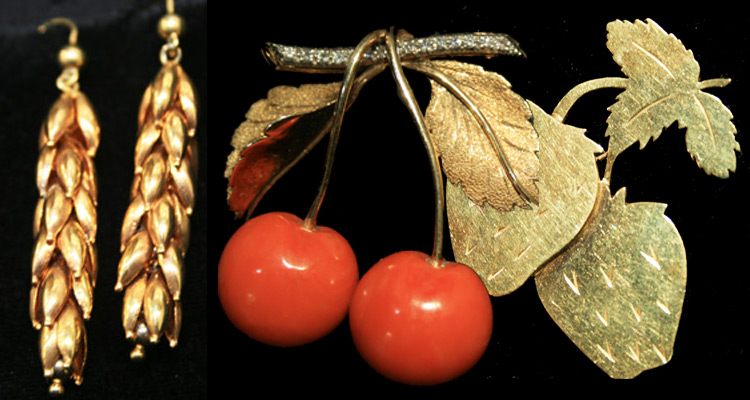
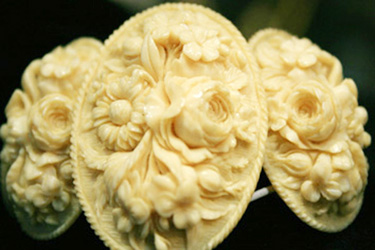


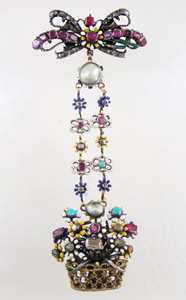
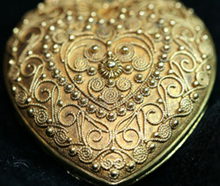
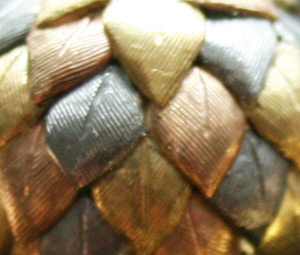
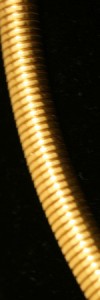
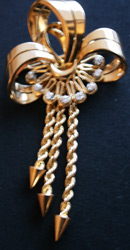 nickel was in the 25% mix but nickel can cause an allergic reaction so is rarely used now. In 1854 lower carat gold was permitted so that gold could be made available to more people. These other carats were 12ct gold, 50% gold and 50% other metals, 15ct gold, which was 62.5% gold and 37.5% other metals and 9ct gold which at only 37.5% gold and 62.5% other metals could hardly be called gold. However, in 1931,12 and 15 carat gold were replaced by 14ct gold, 58.3% gold 41.7% other metals. We have kept the 9ct gold.The colour of the gold mixes will
nickel was in the 25% mix but nickel can cause an allergic reaction so is rarely used now. In 1854 lower carat gold was permitted so that gold could be made available to more people. These other carats were 12ct gold, 50% gold and 50% other metals, 15ct gold, which was 62.5% gold and 37.5% other metals and 9ct gold which at only 37.5% gold and 62.5% other metals could hardly be called gold. However, in 1931,12 and 15 carat gold were replaced by 14ct gold, 58.3% gold 41.7% other metals. We have kept the 9ct gold.The colour of the gold mixes will